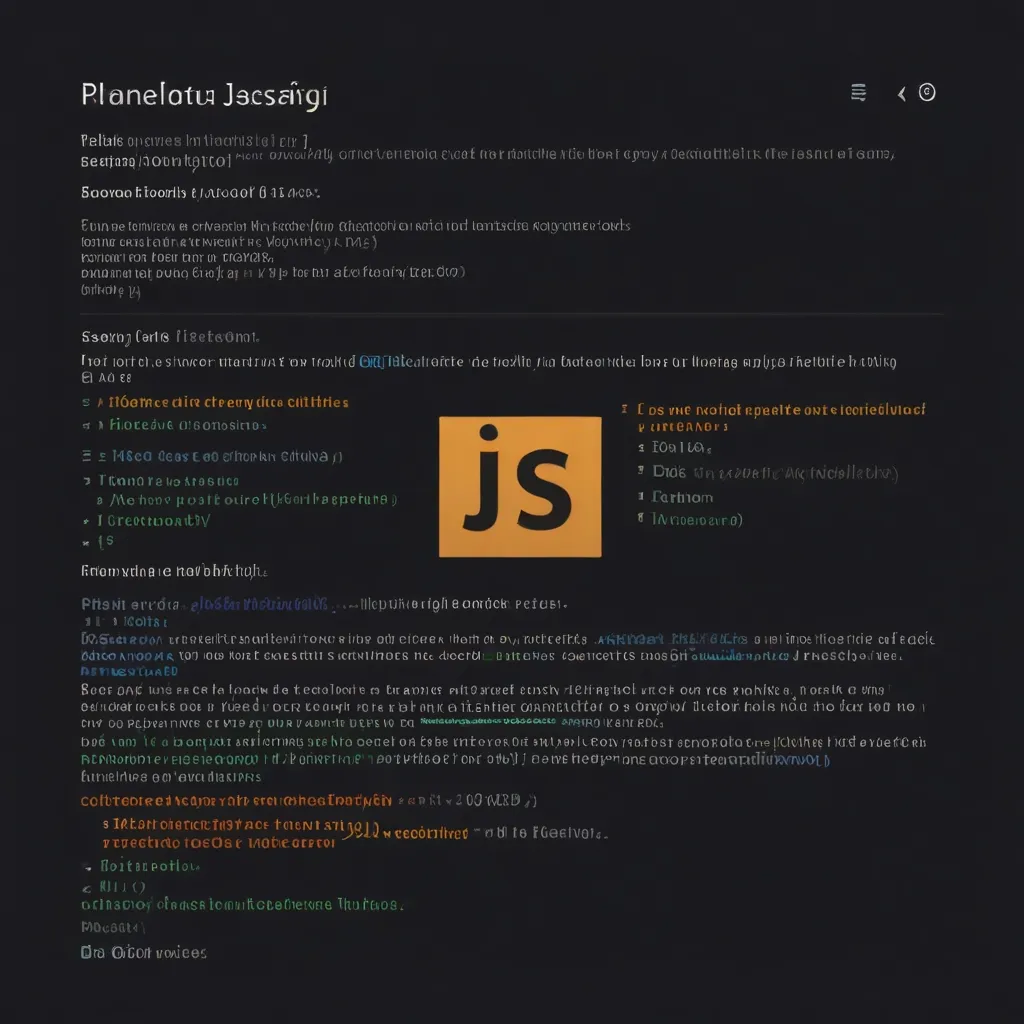Dynamic forms in Angular are a game-changer. They allow us to create flexible, adaptable forms that can handle any data structure thrown at them. As a developer who’s spent countless hours wrestling with static forms, I can’t tell you how excited I am about this concept.
Let’s dive into what makes dynamic forms so awesome. Imagine you’re building an app that needs to collect different types of information depending on user input or backend data. With traditional forms, you’d have to create separate components for each scenario. But with dynamic forms, you can build a single, powerful form engine that adapts on the fly.
The heart of a dynamic form is a configuration object. This object describes the structure and behavior of the form. It’s like a blueprint that tells Angular how to render the form and handle user input. Here’s a simple example of what a configuration might look like:
const formConfig = [
{
type: 'text',
name: 'firstName',
label: 'First Name',
required: true
},
{
type: 'email',
name: 'email',
label: 'Email Address',
required: true
},
{
type: 'select',
name: 'country',
label: 'Country',
options: ['USA', 'Canada', 'UK']
}
];
This configuration tells our form engine to create a form with three fields: a text input for the first name, an email input, and a select dropdown for the country. The beauty of this approach is that we can easily add, remove, or modify fields just by changing the configuration object.
To bring this configuration to life, we need to create a dynamic form component. This component will take our configuration and render the appropriate form controls. Here’s a basic implementation:
@Component({
selector: 'app-dynamic-form',
template: `
<form [formGroup]="form" (ngSubmit)="onSubmit()">
<div *ngFor="let field of config">
<label>{{ field.label }}</label>
<ng-container [ngSwitch]="field.type">
<input *ngSwitchCase="'text'" [formControlName]="field.name" type="text">
<input *ngSwitchCase="'email'" [formControlName]="field.name" type="email">
<select *ngSwitchCase="'select'" [formControlName]="field.name">
<option *ngFor="let option of field.options" [value]="option">{{ option }}</option>
</select>
</ng-container>
</div>
<button type="submit">Submit</button>
</form>
`
})
export class DynamicFormComponent implements OnInit {
@Input() config: any[];
form: FormGroup;
ngOnInit() {
this.form = this.createForm();
}
createForm() {
const group = {};
this.config.forEach(field => {
group[field.name] = ['', field.required ? Validators.required : null];
});
return new FormGroup(group);
}
onSubmit() {
if (this.form.valid) {
console.log(this.form.value);
}
}
}
This component takes our configuration as an input and uses it to generate a reactive form. It uses an ngSwitch directive to render different types of form controls based on the field type specified in the config.
One of the coolest things about this approach is how easy it is to extend. Want to add a new type of form control? Just add another case to the ngSwitch and update your configuration object. Need to add custom validation? You can include validation rules in your config and apply them when creating the form controls.
But why stop there? We can take this concept even further. Imagine fetching your form configuration from a backend API. Suddenly, you have the power to change your forms on the fly without redeploying your application. That’s pretty mind-blowing when you think about it.
Here’s a more advanced example that includes custom validation and dynamic options:
const advancedConfig = [
{
type: 'text',
name: 'username',
label: 'Username',
required: true,
minLength: 3,
maxLength: 20
},
{
type: 'password',
name: 'password',
label: 'Password',
required: true,
validator: 'passwordStrength'
},
{
type: 'select',
name: 'role',
label: 'Role',
options: 'getRoles'
}
];
@Component({
selector: 'app-advanced-dynamic-form',
template: `
<form [formGroup]="form" (ngSubmit)="onSubmit()">
<div *ngFor="let field of config">
<label>{{ field.label }}</label>
<ng-container [ngSwitch]="field.type">
<input *ngSwitchCase="'text'" [formControlName]="field.name" type="text">
<input *ngSwitchCase="'password'" [formControlName]="field.name" type="password">
<select *ngSwitchCase="'select'" [formControlName]="field.name">
<option *ngFor="let option of getOptions(field)" [value]="option">{{ option }}</option>
</select>
</ng-container>
<div *ngIf="form.get(field.name).errors && form.get(field.name).touched">
<span *ngIf="form.get(field.name).errors.required">This field is required</span>
<span *ngIf="form.get(field.name).errors.minlength">Minimum length is {{ field.minLength }}</span>
<span *ngIf="form.get(field.name).errors.maxlength">Maximum length is {{ field.maxLength }}</span>
<span *ngIf="form.get(field.name).errors.passwordStrength">Password is not strong enough</span>
</div>
</div>
<button type="submit" [disabled]="!form.valid">Submit</button>
</form>
`
})
export class AdvancedDynamicFormComponent implements OnInit {
@Input() config: any[];
form: FormGroup;
ngOnInit() {
this.form = this.createForm();
}
createForm() {
const group = {};
this.config.forEach(field => {
let validators = [];
if (field.required) validators.push(Validators.required);
if (field.minLength) validators.push(Validators.minLength(field.minLength));
if (field.maxLength) validators.push(Validators.maxLength(field.maxLength));
if (field.validator === 'passwordStrength') validators.push(this.passwordStrengthValidator);
group[field.name] = ['', Validators.compose(validators)];
});
return new FormGroup(group);
}
passwordStrengthValidator(control: AbstractControl): {[key: string]: any} | null {
const value = control.value;
if (!value) {
return null;
}
const hasUpperCase = /[A-Z]+/.test(value);
const hasLowerCase = /[a-z]+/.test(value);
const hasNumeric = /[0-9]+/.test(value);
const passwordValid = hasUpperCase && hasLowerCase && hasNumeric;
return !passwordValid ? {'passwordStrength': true} : null;
}
getOptions(field: any) {
if (typeof field.options === 'string') {
// Assume it's a method name and call it
return this[field.options]();
}
return field.options;
}
getRoles() {
// This could be an API call in a real application
return ['User', 'Admin', 'Moderator'];
}
onSubmit() {
if (this.form.valid) {
console.log(this.form.value);
}
}
}
This advanced example includes custom validation for password strength, dynamic options for the role select (which could be fetched from an API in a real application), and more detailed error messages.
The possibilities with dynamic forms are truly endless. You could create a form builder interface where users can drag and drop fields to create their own forms. You could implement conditional logic, where certain fields appear or disappear based on the values of other fields. You could even build a system where non-technical users can create and modify forms through a user-friendly interface, with the changes reflected immediately in your application.
As someone who’s implemented dynamic forms in several projects, I can tell you that they’re a real lifesaver. They’ve allowed me to create incredibly flexible and maintainable applications. Instead of creating dozens of nearly identical form components, I can focus on building a robust form engine that can handle any scenario.
Of course, like any powerful tool, dynamic forms come with their own challenges. They can be more complex to set up initially, and debugging can sometimes be tricky since you’re dealing with configuration objects rather than hardcoded components. But in my experience, the benefits far outweigh these minor drawbacks.
In conclusion, dynamic forms in Angular are a powerful technique that can significantly improve the flexibility and maintainability of your applications. Whether you’re building a simple contact form or a complex data entry system, considering a dynamic approach can save you time and headaches in the long run. So next time you’re faced with a form-heavy application, give dynamic forms a try. You might be surprised at just how much they can simplify your development process.






